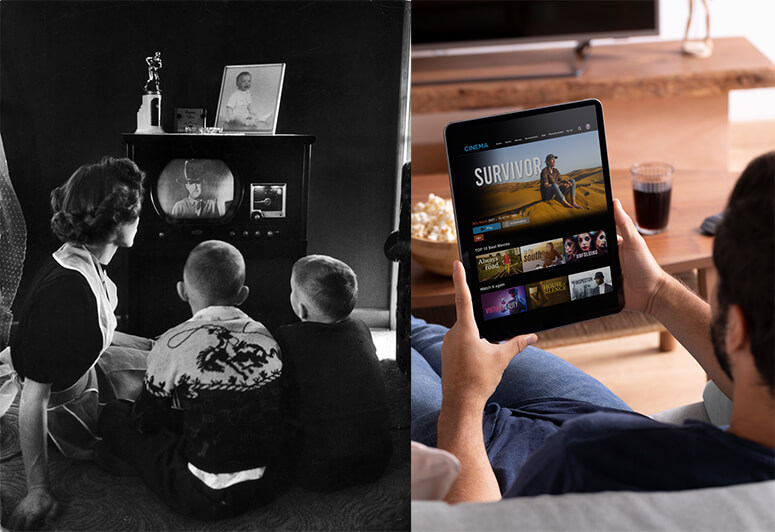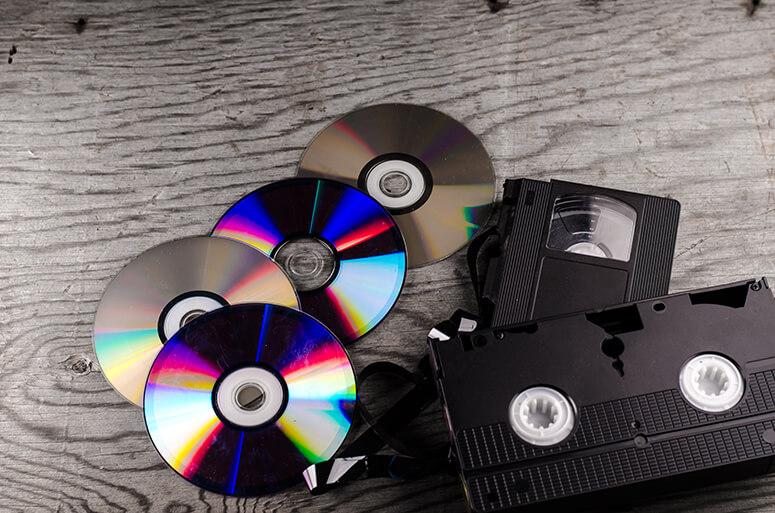Streaming fatigue
While inching my way through morning traffic, I thought of watching Mission: Impossible—The Final Reckoning over the weekend. I remembered enjoying the first MI in 1996—when Tom Cruise was still married to Nicole Kidman and video streaming was unheard of—and being mesmerized by its catchy opening theme (composed in the 1960s for TV by Lalo Schifrin) reminiscent of the less-popular James Bond intro. Back then, our gateway to movies and TV shows evolved rapidly: from VHS tapes to VCDs, LaserDiscs, DVDs, Blu-rays, and eventually The Pirate Bay.
Blockbuster and the entire video rental industry (including our own ACA Video and Video City) may have gone the way of the rotary phone and Rolodex, but cinemas are very much still around, some even upgraded with IMAX and 4D technology that heightens the viewing experience. One tradition that has endured is the playing of the national anthem before the first screening of the day—a short but solemn ritual. Sadly, many moviegoers now ignore it, glued to their seats and phones, or slouching in what seems like protest. That’s just wrong. Whatever the politics, the flag and the anthem deserve our respect.

Similarly, the so-called “idiot box” has successfully reinvented itself as smart TV—aptly named, considering the range of capabilities beyond cable and free TV.
My wife used to call me “Richard-who-will-watch-anything.” Admittedly, my taste in films and serials is eclectic, even as I lean toward fantasy, sci-fi, and spy-fi. But time and the rise of ICT may have changed my watching habits.
In the good old days—and I say this nostalgically, not wistfully—trailers were mostly viewed in theaters as bonuses before the main film. There were no TikTok, Instagram Reels, or YouTube teasers and BTS (behind the scenes, not the K-pop super group) before the release of official trailers.
Streaming is a double-edged sword for a videophile like me. Everything I want to watch is available anytime, anywhere, but each time I browse, I often spend more time scrolling than actually watching.
Back then, Sunday night was movie night. The whole family squeezed onto the couch—because families only had one TV set—praying the antenna wouldn’t tilt or get hit by lightning. Toilet breaks came during commercials because if you missed a scene, there’s no pause, no replay, just your brother’s half-accurate retelling.
Iconic Hollywood studios like Paramount, Warner Bros., MGM, 20th Century Fox, Universal, Columbia, United Artists, Lucasfilm, and Disney could afford to air trailers during primetime TV—a big deal for movie fans like me who planned and saved up for upcoming screenings.

With yesterday’s social media being limited to the neighborhood grapevine, advertising was a huge business, literally. Since simultaneous releases were rare, films shown abroad were announced on billboards, not along highways but within city limits. I remember the giant images of James Bond; Superman; Indiana Jones; Marty McFly and Doc Brown; Luke, Han, and Leia; and even Disney’s Ariel, Belle, and Jasmine. My imagination filled in the rest.
Low-budget agencies, often commissioned by local studios, reused painted canvasses, sometimes with hilarious results: faces bleeding into one another or riddled with holes like weather-worn tarpaulins.
Movies fought for space in the entertainment section of newspapers. It wasn’t uncommon to see half- or full-page “coming soon” ads. Later, some would add exhortations like “Watch out for it!”—perhaps unintentionally accurate for flops. Schedules were published alphabetically, some with theater logos.
And the theaters—those glorious standalone structures unlike the playhouses in malls today—were colosseum-like, with acoustics worthy of a Dolby Atmos badge. Seating was tiered: loge priciest, orchestra cheapest. The balcony was popular among star-crossed lovers too frugal for motels. Some theaters even had “love seats” that reclined like La-Z-Boys.
The whole experience of watching a film, especially an action-filled one like Earthquake or Battlestar Galactica with “Sensurround,” was as immersive as today’s IMAX.
At home, it was a different story. With no cable or internet, we relied on aerial antennas and grainy broadcasts from Channels 2, 4, 7, 9, and 13. RPN 9 was my go-to for English shows, game shows like The Price is Right, Miss Universe coverage, and the coolest cartoons. GMA 7 came a close second when I discovered Eat…Bulaga! and the super robot universe: Voltes V, Mazinger Z, Daimos, Grendizer, Mekanda Robo, and the rest of the imitators. Gundam fans can surely relate.
With everything analog, timing was crucial. Missed a show? Too bad, there were no reruns. So when Roots, Knight Rider, The Six-Million Dollar Man, Charlie’s Angels, or Falcon Crest resurfaced on other platforms, I binged, only to be assaulted by atrociously captioned episodes. Some have since resurfaced with improved subtitles, thanks (or no thanks) to AI.
Yet, streaming is a double-edged sword for a videophile like me. Everything I want to watch is available anytime, anywhere, but each time I browse, I often spend more time scrolling than actually watching. There’s even a term for it: streaming fatigue. It’s like combing through a bookstore catalog in search of the one novel. Worst of all is starting a hyped series and quitting midstream due to bad writing or editing, worse acting, or both. That’s time I could’ve spent rewatching LOTR or GOT.
The cost of watching is another thing to take into account. Even with our streaming services—Netflix, Prime, Disney+, Max, and Viu—watching at home still comes out way cheaper (and far more comfortable) than going to the cinemas. Unless you have a PWD, Senior Citizen, or other discount card, you’ll spend P300 to P600 for a movie, excluding snacks, transport, or parking.
When my mom was still in the film industry, she often had movie or theater passes. “Admit two” coupons were specific to a film or a theater chain. I loved those annual theater passes (which I even had laminated), especially those accepted at the theaters along Avenida Rizal, which was as alta as BGC or Ayala Center now.
The way we watch may have changed, but like Rick said in Casablanca, “We’ll always have Paris”—or in our case, always have something to watch, whenever we want.
Now, excuse me while I return to my shows.



